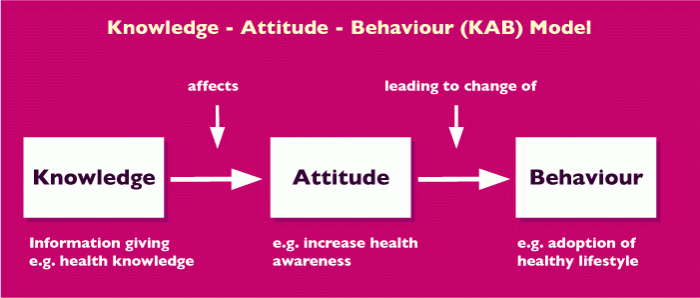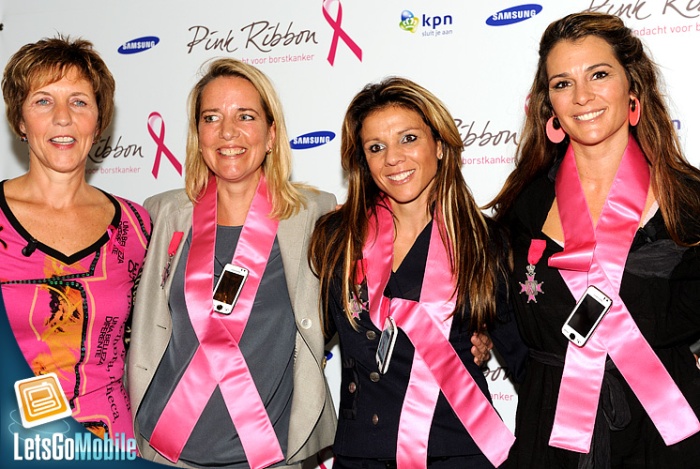A hospital in the Netherlands started a campaign about cancer treatment. In their opinion cancer treatment should be personalized and not be a ‘standard procure’. The campaign started in June and ends in October. Their goal was to collect 5 million euro for the end of October. But right now, in end September, they only gathered around €130.000. The campaign is a flop, although it had a marketing budget of €700.000. (communicatieonline, 2013) Where did it all go wrong?
Antoni van Leeuwenhoek hospital/foundation
The Antoni van Leeuwenhoek hospital is founded in 1913 by three men: Jacob Rotgans, J.H. de Bussy and W.M. de Vries. The Antoni van Leeuwenhoek hospital is specialised in the treatment and research of cancer (oncology).
The hospital was named after the Dutch scientist Antoni van Leeuwenhoek. He was a scientist and also known as the “Father of Microbiology”. One of things he did was inventing the microscope. The hospital is located in Amsterdam. The hospital has it own foundation that gains money for cancer research cancer in the hospital.
Problem Analysis
Why was this campaign started? The Antoni van Leeuwenhoek hospital wants to changes todays’ cancer treatment. Cancer treatment should be personalised instead of having a standard procedure. For example, if a person gets lung cancer, he will get the same treatment as everyone who has lung cancer, but everyone is different and reacts different. Antoni van Leeuwenhoek hospital knows that cancer comes from a mistake in DNA and DNA is different for everyone. DNA. So the hospital started a campaign which is called “Ik ben tegen gelijke behandeling.’ (Translated: I am against equal treatment). This campaign collects money for the foundation to make the personalised treatment happen. In their commercial Dutch people (some of them are famous) talk about donating money so cancer treatment could be personalised. To text a message ‘doorbraak’ to 4333, you donate 1 euro. It is a very short commercial.
Target Group
Looking at the campaign I have to admit that it’s kind of difficult to determine the target group. But firstly I think that they focus on people who are sixteen years or older. Because legally you cannot send a text to donate money when you are under sixteen. Secondly, the target group are Dutch people. Most people in the Netherlands have experience with cancer. One at three people gets cancer. (fight cancer, 2011)
Media
This campaign went big in the Netherlands. They were on television, and not just in commercials but also experts or famous people appeared on talk shows to discuss this campaign. They went on talk shows like de Wereld Draait Door and Knevel en van den Brink. The campaign even appeared on the news (NOS). The advertisements were on TV commercials and newspapers like Telegraaf and Parool. On the advertisement and TV spots the famous Dutch people like singer Xander de Buisonje and Henk Schiffmacher (tattoo artist) made an appearance. Also politics talked about the campaign like Henk Grol (50+ partij) and Boris van der Ham (D66)
Communication objectives analysis
Knowledge
The slogan of the campaign is quite confusing and attracts attention because ‘why is this foundation against equal treatment?’. But that question is answered directly in the next 20 seconds. And that answer seems logically. Everyone is different so everyone needs a different treatment.
Attitude
The campaign increases the awareness of cancer and their treatments. But also increase the awareness of the Antoni van Leeuwenhoek foundation and Antoni van Leeuwenhoek hospital.
Behaviour
Giving everyone a different treatment is much more expensive, so the Antoni van Leeuwenhoek hospital wants you to donate. By texting “doorbraak” you donate 1 euro to the foundation. Or by going to the site of Antoni van Leeuwenhoek hospital you can choose how much money you want to donate.
Rossiter- Percy grid
The Rossiter- Percy grid has four strategies for brands. Informational means that the campaign contains (strong) rational arguments. Transformational stands for a feeling or a lifestyle. When the involvement is low then the consumer doesn’t really care a lot or will spent a lot of time in the campaign. When the involvement is high the consumer does care a lot and most of the times buying a product that contains high involvement has a high risk because it is expensive. For example these products:
Informational/Low: Aspirin, shampoo or gasoline.
Informational/High: Magazines, mobile phones.
Transformational/Low: Coffee, cosmetics.
Transformational/high: Cars, perfume.
Involvement: The campaign requires high involvement since there is no category need. Also you give away money but you do not get anything in return immediately.
Motivation: The campaign is for a big part informational since they give the functional aspects about a personalized cancer treatment. But I think by using famous Dutch people in some commercials the campaign is a little bit transformational. They refer to a some kind of a lifestyle of celebrities like ‘these famous people support us, so if you like these celebs then support us.”
Elaboration likelihood model (ELM)
The Elaboration likelihood model is an approach that has two routes to persuasion. The central route and the peripheral route. The central route consists of strong arguments about the message. The central route only works when the target group has the motivation and ability to listen and understand the message. But the peripheral route is not based on strong arguments but uses other aspects to persuade the listener. Other aspects could be an expert or an attractive person telling the message. (http://www.cios.org/encyclopedia/persuasion/Helaboration_2routes.htm)
I think the used the peripheral route in their campaign. I think this is why they use the famous people in their campaign. They try in the commercials not to convince you by their arguments but because have a ‘reliable source’ (famous people) are telling you to donate.
The 6 Principles of Persuasion to Cialdini
According to Robert Cialdini there are six ways to influence people.
- Reciprocity: we are likely to give if we receive something first.
- Scarcity: products are more wanted when they aren’t available or when they are limited.
- Authority: we believe things more likely when an authority figure is saying something then a person who is not an authority.
- Consistency: people have the need to be consistent.
- Social proof: if other people are doing thing then you most likely to follow them. Because people have a need to be accept by other people.
- Liking: we agree sooner with someone we like.
I think Antoni van Leeuwenhoek hospital uses ‘liking’ in their commercials. In the commercial, famous people are telling us what to do. And if you like this famous people then you more likely to do what they say. And in a way they are also experts since the wife of Xander de Buisonje had a tumor and Henk Schiffmachers’ wife has liver cancer.
Analyze Campaign Arguments
One-sided/ two sided arguments
When an advertisement gives one-sided arguments then they give only the good reasons to by the product. But when an advertisement shows two sided arguments it gives the pros’ and cons’ to buy a product. Why would a brand give reasons to not buy the product? Because then the brand looks more reliable and honest and shows they are not perfect.
Antoni van Leeuwenhoek hospital gives one-sided arguments in their campaign. That a personalized treatment is not possible for everyone but only some special cases they don’t tell in their commercial but only on their site.
The opinion of the public
When I did some online searching at the Internet, I saw that a lot of people complain about the arguments that the hospital gives. They say they think that the hospital is ‘arrogant’ and ‘based on a possible wrong assumption’. They feel like the hospital already is claiming the success of their new cancer treatment while this is premature. I also read a lot of complaints about the use of celebrities, they do not see the point of that and rather have seen a more realistic commercial with normal people, for example the patients. A lot of charities are using famous people in their campaign to promote. The picture displayed below is a charity Pink Ribbon with Quinty van Trustfull and Leontien van Moorsel.
My opinion
I think that their slogan is actually strong. I was appealed to it, because I wanted to have information about why they are against equal treatments. It caught my attention. Though I have to say that I agree with some people on the Internet, I am also annoyed that they using famous Dutch people. In mine opinion that is uncreative and such an easy way. A lot of charities in the Netherlands try to get attention by using celebrities. And personally I think it is risky to do so. Because to me, this advertisement there is one person who I found annoying what makes this advertisement getting some negative glow.
Conclusion
It is a real bummer for the Antoni van Leeuwenhoek hospital that their campaign is a flop. They put a lot of money and effort in it. They appeared in many media, but to be honest I think they thought to easy about this campaign. Using famous people doesn’t guarantee success and it is certainly not creative. I think they should have focus more on the informational part since they have really strong arguments.


